You have 0 product(s) in your cart.
Abyss Scuba Diving
What Is Scuba Diving And How To Get Started
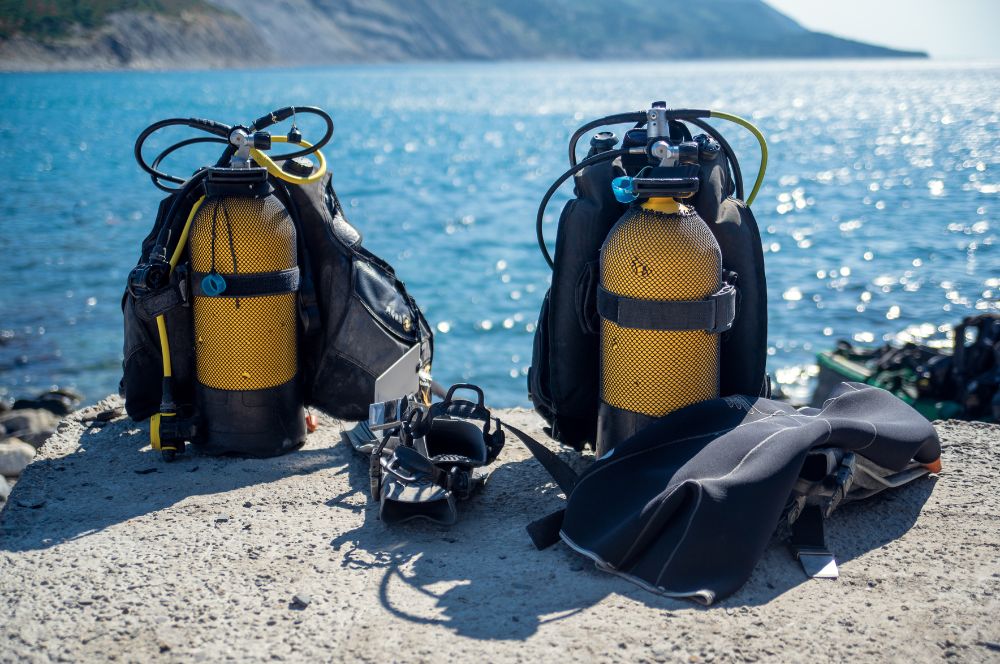
Exploring the Depths: What is Scuba Diving and How to Get Started
Curious about scuba diving? It’s not just a sport but a gateway to exploring the hidden beauty of our oceans. Whether it’s swimming among coral reefs or witnessing underwater wildlife, scuba diving offers a unique encounter with nature. This beginner-friendly article explains what is scuba diving, outlines the basic equipment you’ll need, the training you’ll undergo, and highlights some of the best places on earth to take the plunge.
Key Takeaways
-
Scuba diving is an underwater sport where divers use self-contained breathing apparatus and equipment to explore marine environments, with recreational diving focusing on enjoyment within safe limits and technical diving requiring advanced skills for more complex dives.
-
The Avelo Dive System is an innovative scuba technology that integrates buoyancy control into the scuba tank, offering divers advanced features such as precise buoyancy control and air consumption efficiency, and is expected to reshape recreational diving.
-
Earning scuba certification involves a multi-step process with knowledge development, practical skills training, and open water dives, and it is essential for individuals to choose reputable instructors, understand dive theory and practical skills, and meet physical fitness requirements for certification.
Diving Into the Basics: Understanding Scuba
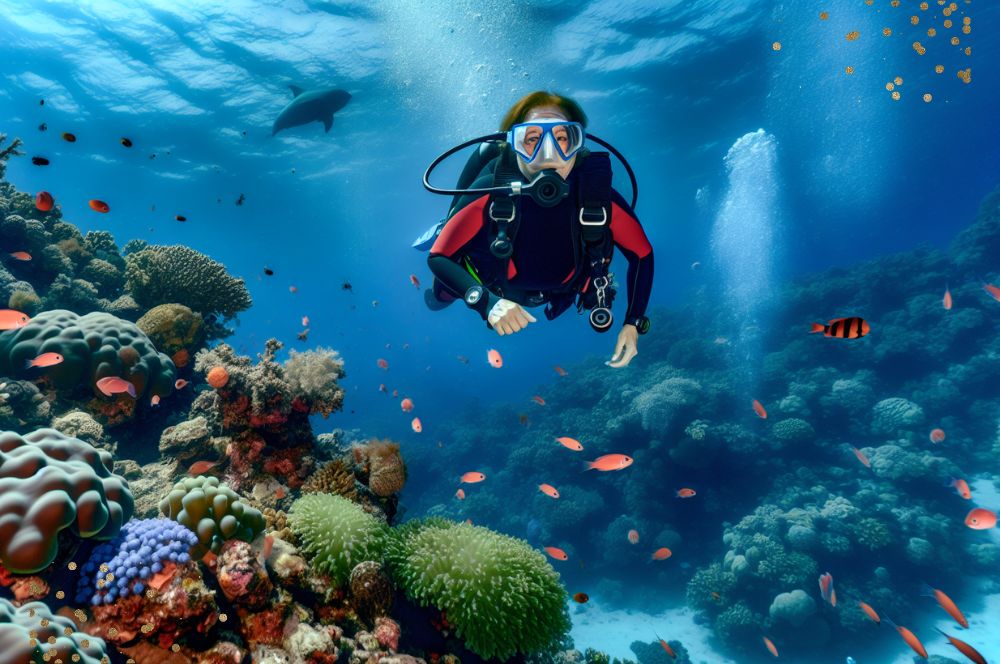
Scuba diving, an acronym for Self-Contained Underwater Breathing Apparatus, is a sport that has captured the hearts of adventure seekers since its inception in the early 1900s. It opens up a whole new world beneath the waves, enabling divers to scuba dive and explore underwater environments while breathing compressed air or mixed gases through specialized equipment.
From the tranquil depths of the ocean to the vibrant ecosystems of coral reefs, scuba diving allows you to experience the underwater world in a way that few other activities can.
The Essence of Breathing Underwater
Breathe underwater effortlessly with the use of essential scuba diving equipment. At the heart of this equipment are scuba tanks, also known as diving cylinders, which store compressed air or specialized gas mixtures. The stored gas is delivered to the diver at a breathable pressure using a device known as a regulator, which uses a two-stage process to reduce the high pressure of the gas in the tank to ambient pressure.
The buoyancy control device (BCD) is another integral piece of equipment, which divers use to manage their buoyancy in the water, allowing for effortless hovering and precise control over their ascent and descent.
The Allure of the Underwater World
Interacting with the underwater world is one of the key attractions that scuba diving offers. With each descent, divers are treated to a visual feast of vibrant coral reefs and a diverse array of marine life, from playful dolphins to colorful schools of fish.
But it’s not just about the visual spectacle. A sense of tranquility can be found within the underwater realm, and weightlessness that is hard to find in our fast-paced surface life. The desire for adventure also drives many divers, whether it’s being carried along by currents in drift diving, discovering unexplored areas, or observing the behavior of aquatic fauna in their natural environment.
Recreational Diving vs. Technical Diving
Recreational scuba diving concentrates on enjoyment and exploration within safe depth and no-decompression limits, whereas technical diving employs advanced equipment and techniques to facilitate deeper and more complex dives. Recreational diving has a maximum safe depth limit of 130 feet, which doesn’t typically require decompression stops. In contrast, technical diving goes beyond these depths and requires additional certifications beyond recreational levels.
Technical divers may engage in activities such as cave diving, wreck diving, and ice diving, exploring environments that are beyond the reach of recreational diving. Given the higher level of risks involved, technical divers undergo rigorous training to manage aspects like detailed dive planning and emergency procedures, in stark contrast to the less demanding preparation required for recreational diving.
A New Era in Diving: The Avelo Dive System
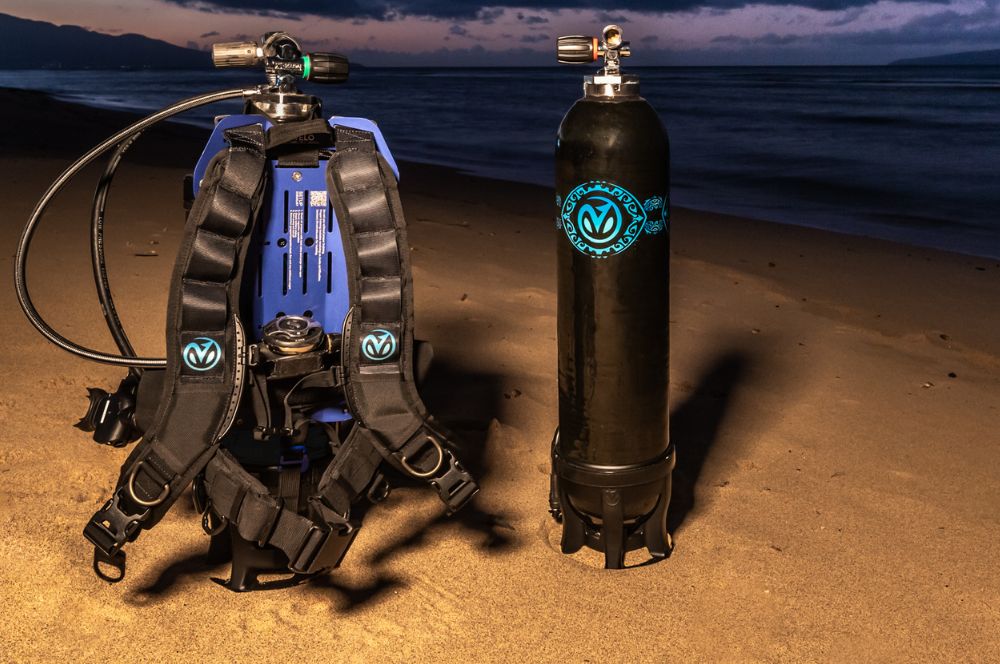
Scuba diving, and the technology that supports it, have both evolved over the past century. Enter the Avelo Dive System, an innovative scuba diving technology that uses water to control the diver’s buoyancy. With its advanced features, the Avelo Dive System is poised to set a new benchmark in the realm of underwater exploration, potentially redefining recreational diving and becoming a prominent trend in the scuba diving community.
Revolutionizing Dive Technology
The Avelo Dive System is a game-changer in the world of scuba diving. Its sleek design integrates buoyancy control directly into the scuba tank, removing the need for separate BCDs or weights. The system’s Avelo Mode enhances the diver’s experience by offering precise buoyancy control, reducing air consumption, and optimizing workload for an amplified underwater enjoyment.
With its advanced features and design, the Avelo dive system is poised to dramatically change recreational scuba diving in the coming decade, promising enhanced efficiency and safety for divers.
Preparing for Your First Dive: Scuba Certification Process
Earning your scuba certification is a prerequisite before you can start exploring the ocean’s depths. The certification process involves several steps, including selecting a reputable dive school or instructor, learning the theory behind diving, and mastering practical skills in the water.
Here’s how you can get started on your journey to becoming a certified diver.
Selecting a Dive Instructor
The critical first step in your scuba diving journey is choosing the right dive instructor for your scuba diving lessons. Look for instructors affiliated with recognized training agencies like PADI or SSI, as their globally acknowledged training systems ensure your certification will be recognized wherever you go. Good instructors use clear language, manage students’ skills practice effectively, and maintain a positive attitude towards students. The quality of scuba diving instruction often reflects in the course cost, with higher prices generally indicating smaller class sizes and more personalized attention. You can seek referrals from recent students and conduct interviews to ensure the potential instructor aligns with your learning needs and preferences.
Certain courses even include Avelo training, allowing you to take advantage of the latest in technology.
Dive Theory and Practical Skills
A combination of theoretical knowledge and practical skills is entailed in the scuba certification process. In the Knowledge Development phase, you’ll learn about the basic principles of scuba diving such as:
-
dive planning
-
gear selection
-
underwater signals
-
diving procedures
The Confined Water Dives phase is conducted in a pool or calm beach area, where you’ll develop basic scuba skills, including gear setup, mask clearing, buoyancy control, and safety procedures. In the practical skills aspect of the certification, you’ll perfect 24 key skills that are required for professional dive instruction, including equipment handling, buoyancy control, and emergency procedures. This phase also includes mastering the ability to hover motionless, swim underwater without a mask, and manage weight systems both underwater and on the surface.
Candidates for scuba certification need to demonstrate proficiency in an 200-meter swim or 300-meter snorkel, emphasizing the importance of physical fitness in diving.
Earning Your Certification
Three key phases are involved in earning your scuba certification: Knowledge Development, Confined Water Dives, and Open Water Dives. Open Water Dives require you to complete four dives in a natural setting over at least two days to practice previously learned skills and begin exploring underwater. You’ll also need to show you can swim 200 meters/yards without stopping and demonstrate the ability to float or tread water for 10 minutes as part of the basic water skills.
The PADI Open Water Diver course is performance-based and can be completed with flexible learning options like eLearning, enabling completion in just three or four days. Students progress in their scuba certification based on demonstrated knowledge and skill proficiency, allowing them to advance at their own pace. Adaptive techniques are also available to help individuals with physical challenges meet the performance requirements for scuba diving certification.
Training for Excellence with Avelo Mode
A range of benefits for divers is offered by training with Avelo Mode. Here are some of the benefits:
-
The Avelo system can save up to 30% on air consumption, thereby extending your bottom time.
-
Divers trained in Avelo Mode achieve better air management skills, which is essential for longer and safer dives.
-
The system also offers constant neutral buoyancy, which results in fewer adjustments during a dive and enhances air conservation.
The advanced buoyancy control offered by the Avelo Dive System can make diving more accessible and shorten the learning curve for new divers. Avelo’s training includes a proper weighting tool, with even experienced professionals finding increased efficiency using these tools. Practicing neutral buoyancy helps divers to appear more professional, manage air consumption rates efficiently, and reduce physical stress during a dive.
Abyss Scuba Diving provides an Avelo Speciality Course, which includes online theory, classroom sessions, and ocean dives to utilize Avelo technology. This course is designed to enhance divers’ skills and knowledge, focusing on the benefits of the Avelo system for air conservation and maintaining neutral buoyancy.
Gear Up: Essential Scuba Equipment
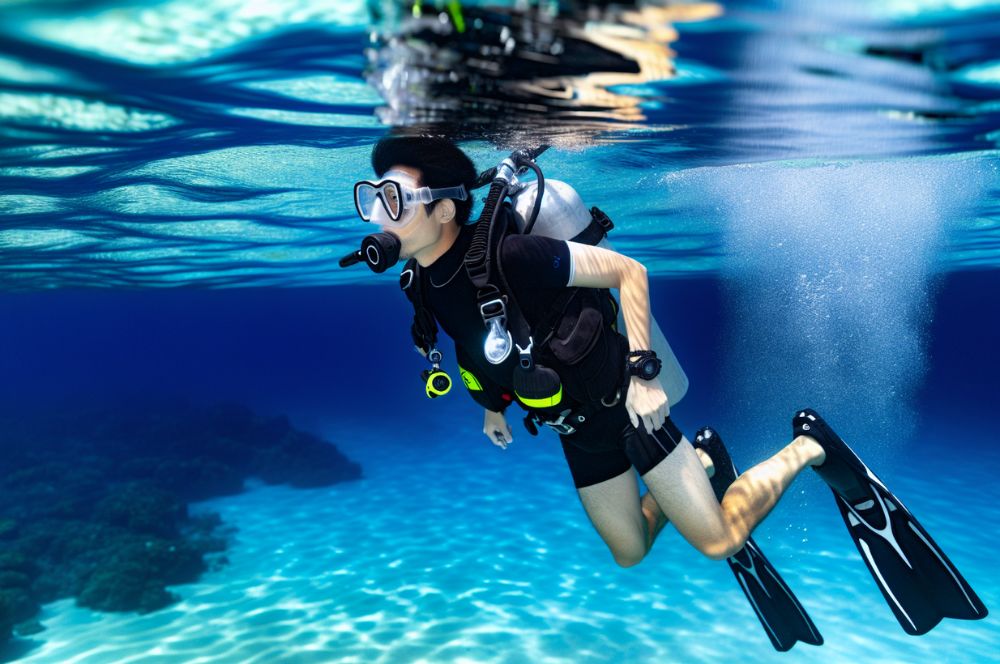
It’s time to gear up and prepare for your underwater adventure once you’ve completed your certification. Essential scuba equipment includes:
-
a mask
-
a snorkel
-
fins
-
a regulator
-
a buoyancy control device (BCD)
-
a dive computer
Depending on the water temperature at your dive site, you may also need exposure protection like a wetsuit or drysuit.
The Diver's Toolkit
A toolkit, a set of essential gear designed to assist them underwater, is something every diver has. This includes a diving mask, fins, and a breathing apparatus, all of which are crucial for exploring underwater environments. Fins come in a variety of types and designs, aiding in efficient underwater movement and conserving energy and air supply. Wetsuits play a crucial role in thermal protection, insulating divers against cold water temperatures through trapped water between the skin and the neoprene material. Also important are weights, which counteract a diver’s natural buoyancy and are tailored to local diving conditions for proper buoyancy control. Finally, using defog on the diving mask prevents fogging that can impair a diver’s clear vision underwater.
Advanced Gadgets for the Modern Diver
Numerous advanced gadgets are available for those who want to elevate their diving experience. Dive computers have become essential tools for modern divers, providing critical real-time information such as depth, dive time, and ascent rate, along with safety alerts for no-decompression limits and personalized decompression planning. Advanced dive computers offer air integration to monitor tank pressure, support for multiple gas mixtures like Nitrox, and the ability to download dive logs to computers for reviewing dive history.
The new Avelo Mode in some dive computers employs AI algorithms to offer divers real-time feedback and adjustments, enhancing safety and diving efficiency. For those interested in capturing their underwater experiences, underwater photography is a captivating hobby, with cameras specifically designed to document the vibrant life found beneath the waves. Dive lights also provide essential illumination for safety in darker environments or while penetrating underwater caves.
Dive Sites and Destinations: Where to Practice Scuba Diving
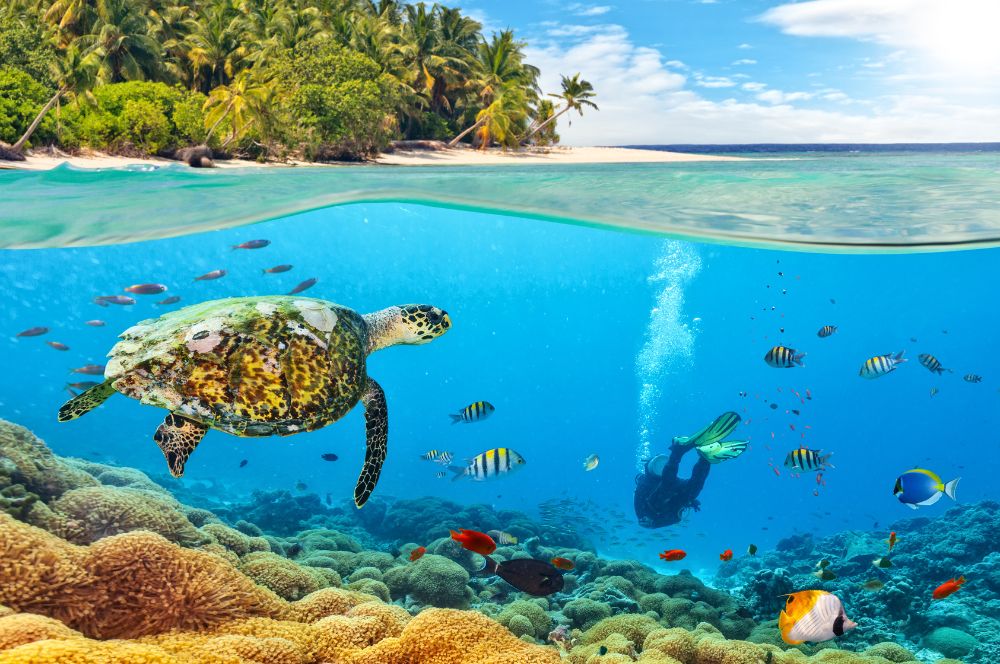
The places you visit are as much a part of scuba diving as the gear or the techniques. Each dive site, from your local beach to renowned locations around the globe, offers a unique diving proposition. Some popular dive sites include:
-
The Great Barrier Reef in Australia
-
The Blue Hole in Belize
-
The Maldives
-
The Red Sea in Egypt
-
The Galapagos Islands in Ecuador
These locations contribute to the global appeal of scuba diving.
Whether you’re observing diverse marine life in their natural habitats or exploring historical shipwrecks and underwater caves, each dive is a new adventure.
Local vs. Exotic Locations
Each dive site, coming in all shapes and sizes, has its own unique appeal. Local dive spots, for instance, offer the convenience of proximity and are often more accessible for regular practice and honing diving skills. Exotic dive locations, on the other hand, provide unique experiences with diverse marine life, different underwater landscapes, and the opportunity to explore the world’s most famous dive sites.
However, if you’re hoping to experience specific marine events, like the hammerhead sharks season at Cocos Island or the Dwarf Minke Whale season at the Great Barrier Reef, you’ll need to plan your travel based on the best times to visit these locations. Divers should also consider their personal diving bucket list, such as diving the Great Barrier Reef or witnessing bioluminescent plankton in the Maldives, and factor in seasonal variations and weather conditions that affect underwater visibility.
Planning Your Dive Travel
More than just picking a destination is involved in planning your dive travel. It’s about aligning the type of experience you seek with the specific features of a dive site. Whether you’re interested in exploring historic wrecks at SS Thistlegorm or engaging in macro photography at Secret Bay in the Philippines, selecting a site that caters to your interests will greatly enhance your diving experience. If you’re an advanced diver and want a more challenging experience, you might consider technical diving sites that offer deeper dives and penetration into overhead environments.
Seasons also play a crucial role in planning your dive travel. For destinations like the Great Barrier Reef, the ‘dry’ season (June to November) offers favorable conditions such as less rainfall and excellent visibility. However, diving in the ‘wet’ season (December to May) may present unique opportunities such as warm waters and special marine events like coral spawning, despite being considered the low season. Visibility often peaks during the ‘dry’ season in the Great Barrier Reef, and divers might have a chance to witness unique marine life, such as swimming with Dwarf Minke Whales from June to July.
The Risks and Rewards: Safety in Scuba Diving

Being aware of the risks involved is essential, even though scuba diving can be a thrilling and rewarding experience. Safety should always be a diver’s top priority, and adhering to the guidelines taught during certification is crucial for a safe diving experience.
Understanding the Dangers
Several risks are involved in scuba diving, including:
-
Decompression sickness (also known as the ‘bends’), which can occur when nitrogen bubbles form in the tissues due to a rapid decrease in pressure upon ascent, potentially causing pain, tissue damage, or even death if left untreated.
-
Arterial air embolism, which can happen when air bubbles enter the bloodstream and block blood flow to vital organs, leading to serious complications.
-
Drowning, often a result of diver panic or unconsciousness from unrelated health issues, is the highest risk occurrence in scuba diving fatalities.
It is important for scuba divers, especially recreational divers, to be aware of these risks and take necessary precautions to ensure they dive safely.
Additionally, arterial air embolism may occur during ascent if a diver holds their breath, leading to disastrous consequences including bubbles forming in an artery. Ear barotrauma, a common health problem caused by unbalanced pressure in the ears during descent, can result in pain, ringing, and hearing loss. To manage risks like air depletion, divers are trained to monitor their air supply and use their buddy’s spare regulator or perform controlled emergency swimming ascents (CESA) for a safe ascent.
Advanced rescue skills are a crucial part of the Instructor Examination in PADI dive training. For emergencies like entanglements, dive knives with sharp or serrated edges are used as a tool for self-rescue.
Proactive Safety Measures
Implementing proactive safety measures is important and can significantly reduce the risks associated with scuba diving, in addition to understanding the dangers. Here are some key measures to consider:
-
Adequate rest
-
Balanced nutrition
-
Maintaining a positive mindset
-
General physical fitness
These factors are vital in ensuring divers can handle the demands and potential challenges while diving. Additionally, regularly inspecting and maintaining scuba gear is critical for its proper function and divers’ safety. This includes cleaning and checking gear after each dive.
Divers are advised to adhere to their training and experience limits, avoid unnecessary risks, and stay within authorized depth to prevent accidents commonly caused by diver error. To manage risks, divers should:
-
Stay hydrated
-
Avoid alcohol or drugs before diving
-
Consult doctors on safe medication use
-
Understand factors contributing to decompression sickness to dive within safe limits.
Summary
From the exhilarating freedom of breathing underwater to the awe-inspiring sights of the marine world, scuba diving offers a unique and thrilling way to explore the wonders beneath the waves. With advancements in technology like the innovative Avelo Dive System, diving has become more accessible and exciting than ever.
However, as with any adventure sport, it’s essential to receive proper training, understand the risks, and follow safety guidelines to ensure a safe and enjoyable experience. Whether you’re a newbie preparing for your first dive or an experienced diver planning your next underwater expedition, remember to always respect the marine environment and its inhabitants. Here’s to many more dives filled with exploration and discovery!
Frequently Asked Questions
What is scuba diving explained?
Scuba diving is the activity of swimming underwater using a self-contained breathing apparatus that provides a supply of air. It offers divers greater mobility and range underwater than traditional surface-supplied diving equipment.
What is special about scuba diving?
Scuba diving allows you to move freely underwater and feel like you are part of the marine life. It also provides the closest experience to flying, as you feel weightless and airborne.
What do you do scuba diving?
When scuba diving, you can explore the underwater environment, observe marine life, swim through schools of fish, spot larger creatures like sharks or rays, and investigate features such as shipwrecks or coral reefs. Enjoy your dive!
What is the Avelo Dive System?
The Avelo Dive System is an innovative scuba diving technology that uses water to control the diver's buoyancy, potentially redefining recreational diving.
What are the steps to becoming a certified scuba diver?
To become a certified scuba diver, you will need to choose a reputable dive school or instructor, learn the theory of diving, and master practical skills in the water through three phases of certification.
Related Posts
-
Where to Scuba Dive in Australia: Uncovering…
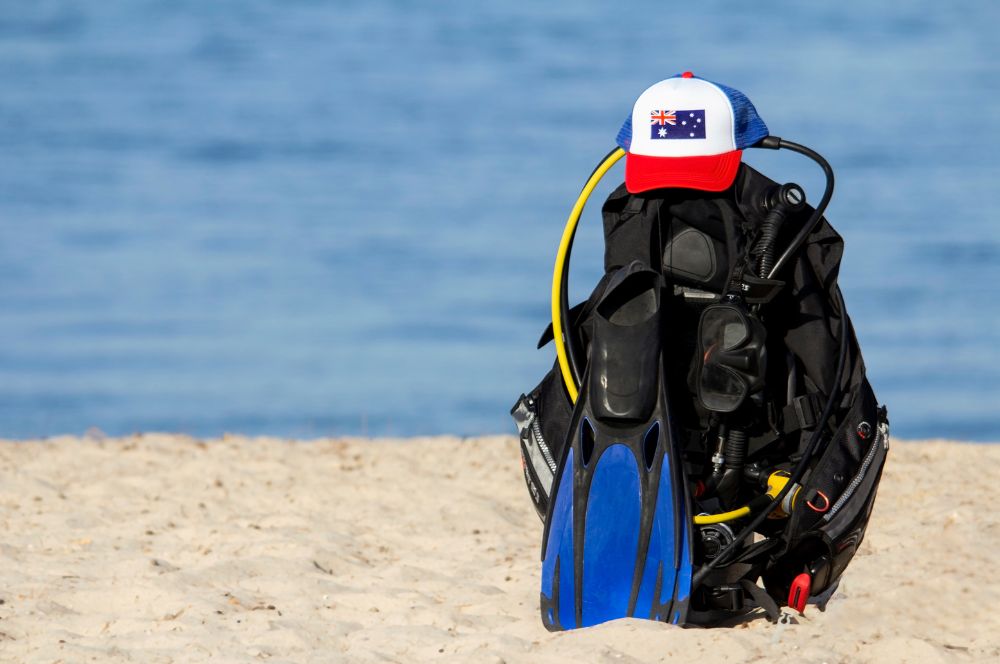
Where to Scuba Dive…
Where to Scuba Dive in Australia: Uncovering the Best Places Australia is an underwater paradise teeming […] -
Scuba, Freediving, and Snorkeling:…
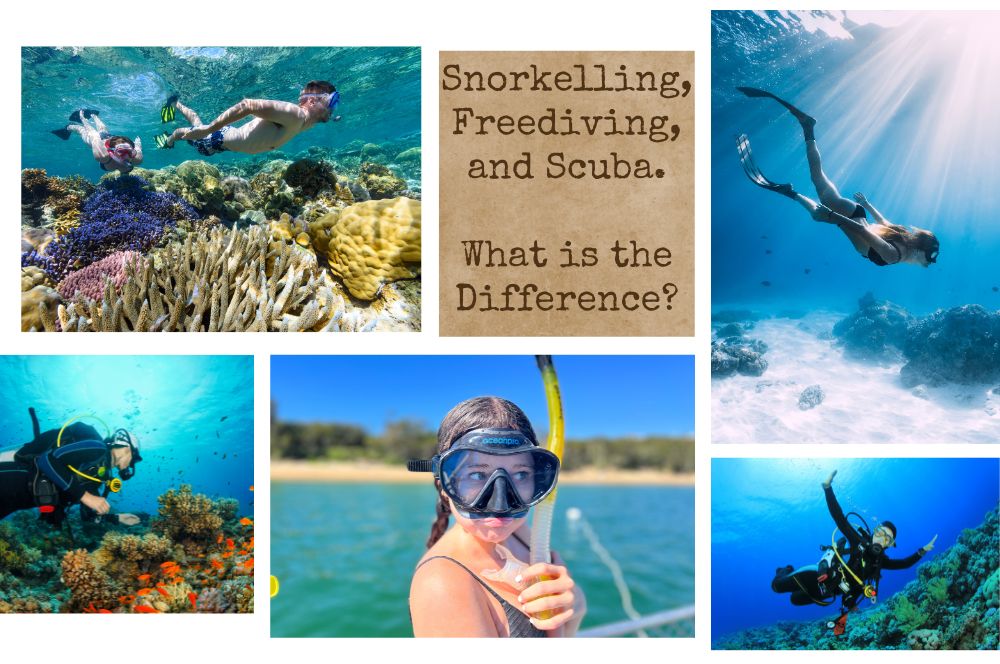
Scuba, Freediving,…
A Deep Dive into Scuba, Freediving, and Snorkeling: What's the Difference? The underwater world is an awe-inspiring […] -
Dive Into The World's Finest Shores:…
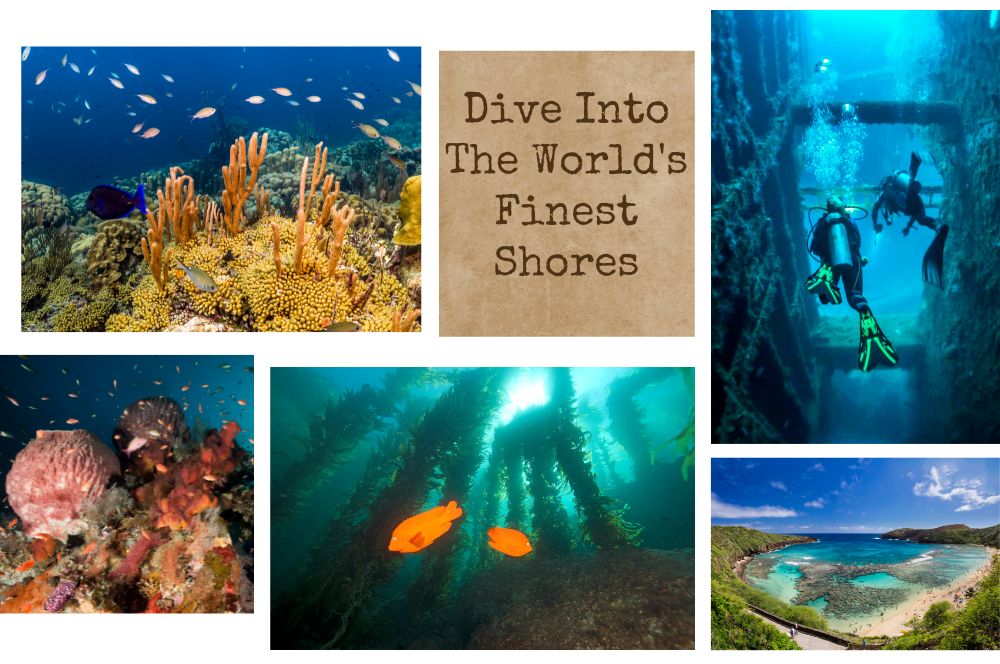
Dive Into The World's…
Dive Into The World's Finest Shores: 10 Unmissable Shore Dives Are you ready for a thrilling underwater adventure […] -
Scuba Diving in Australia: Exploring…

Scuba Diving in Australia:…
Scuba Diving in Australia: Exploring the Best Sites Are you ready to embark on an underwater adventure like […]
Recent Posts





